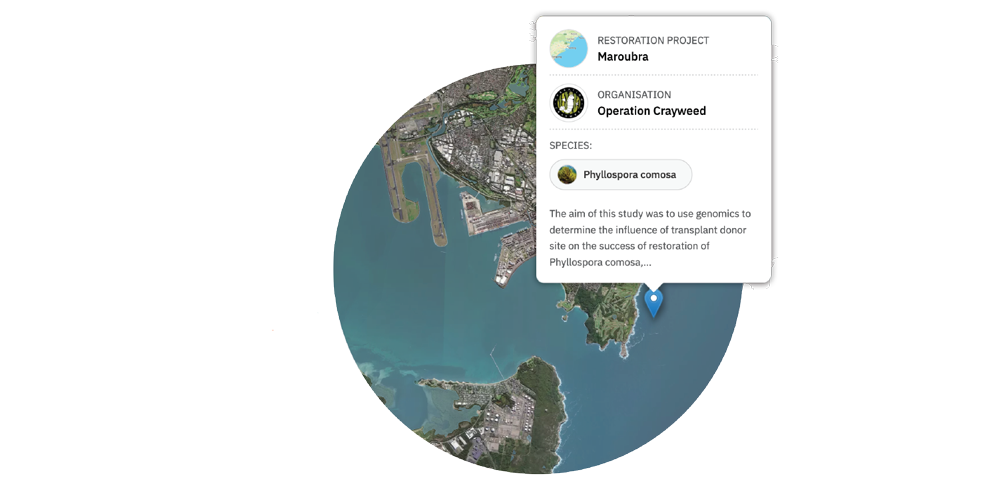Explore and learn from decades of previous kelp restoration projects and protection areas all across the globe. Help advance the field by uploading information from your own restoration project

Restoration Projects
Protection Areas
(All Species)
(All Organisations)
(All Methodologies)
(All Reasons)









